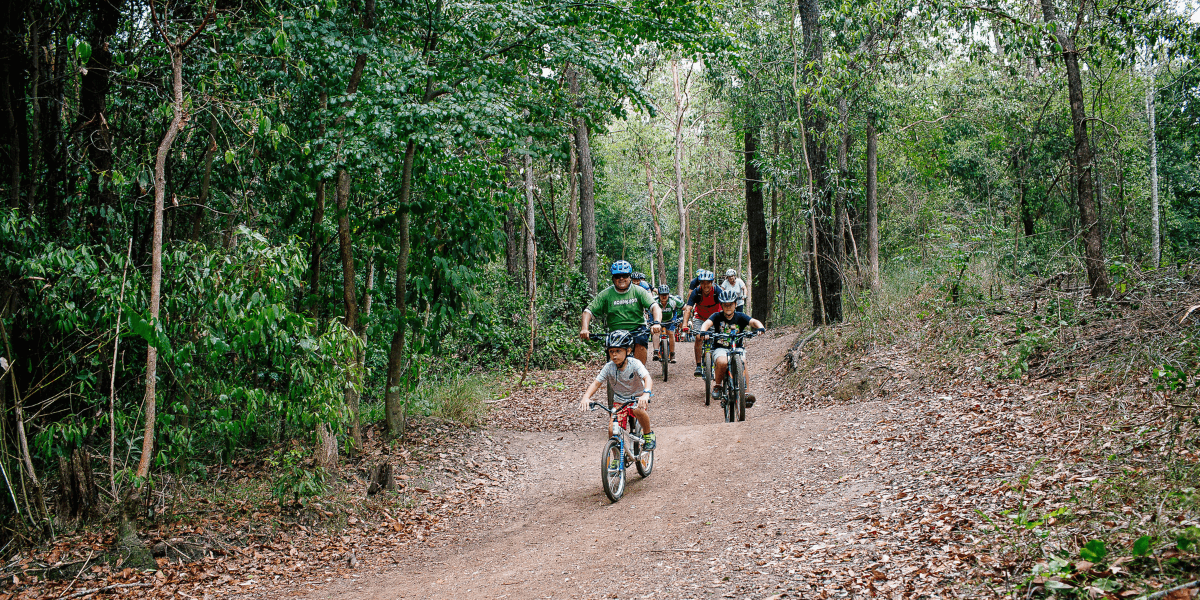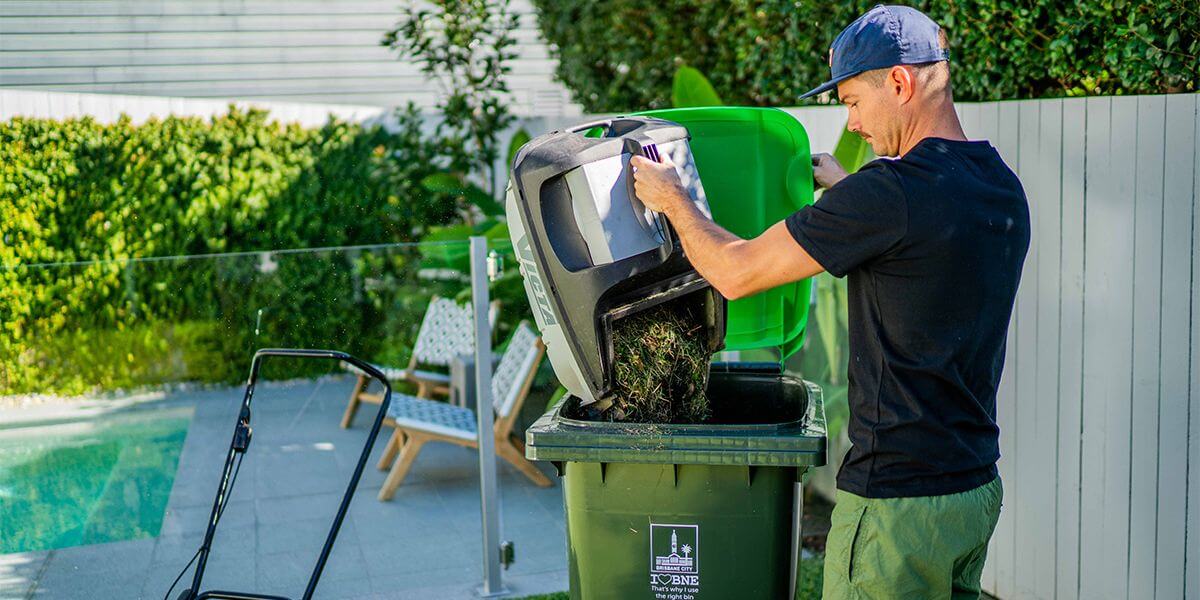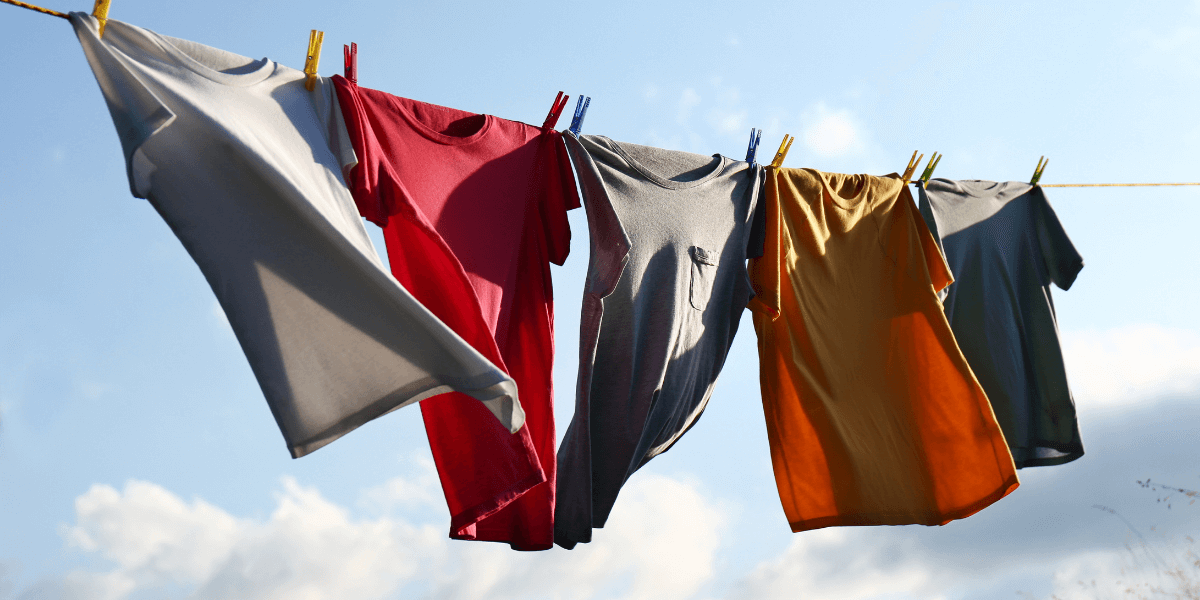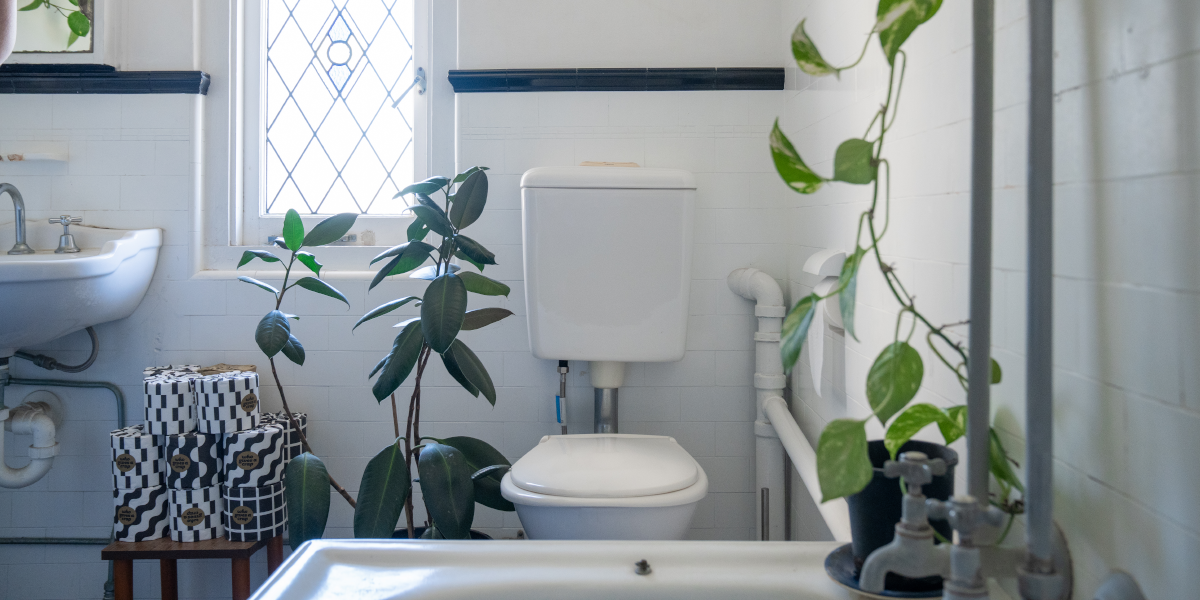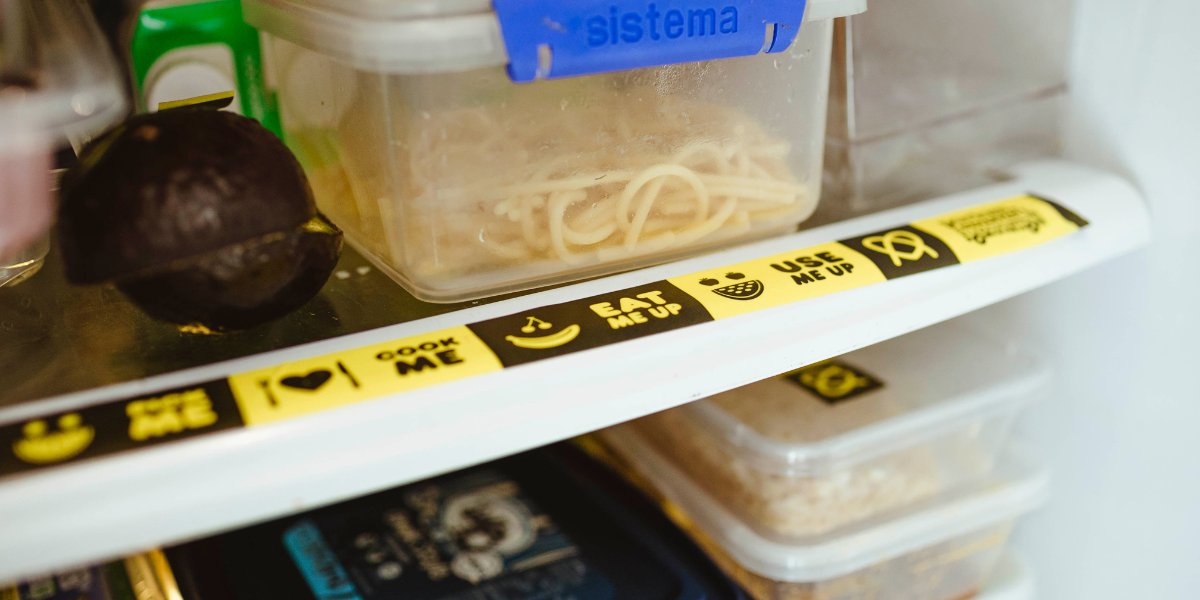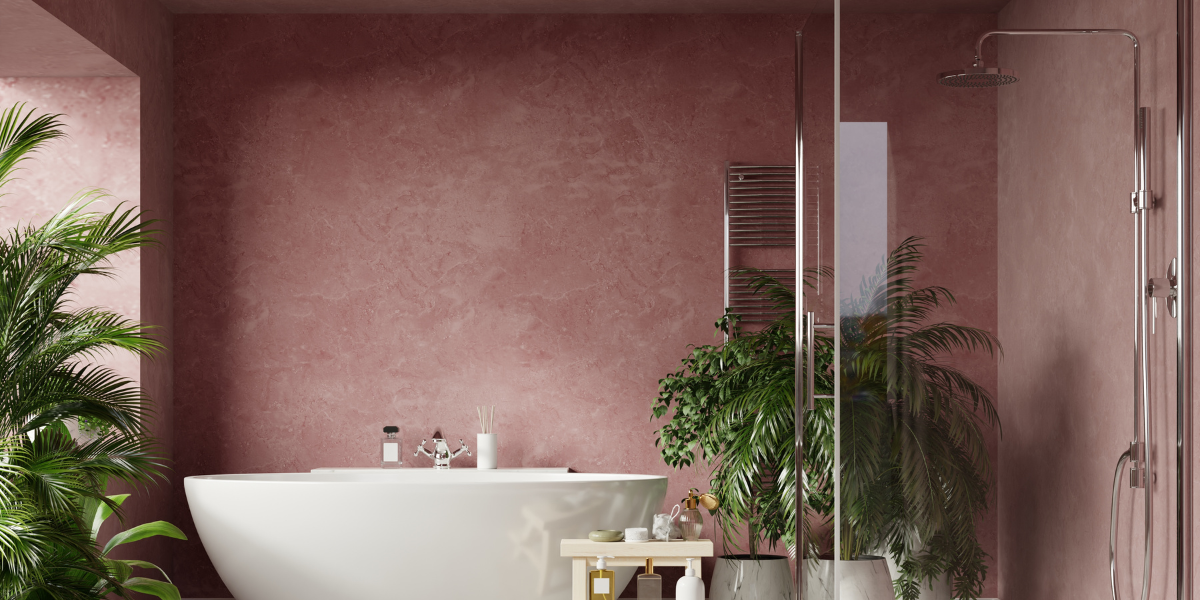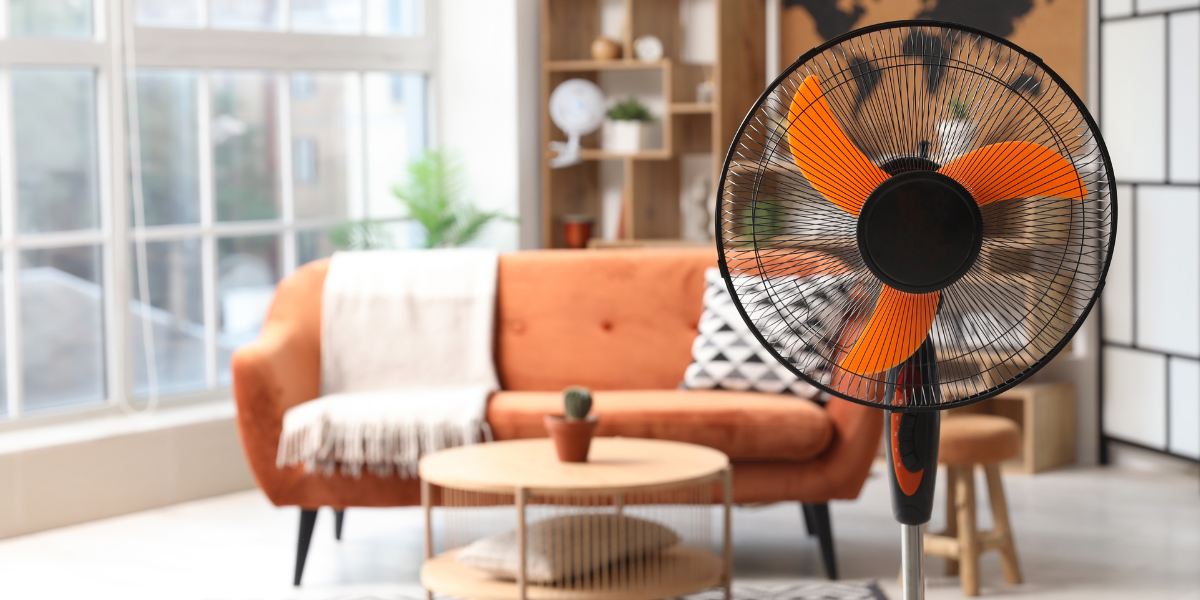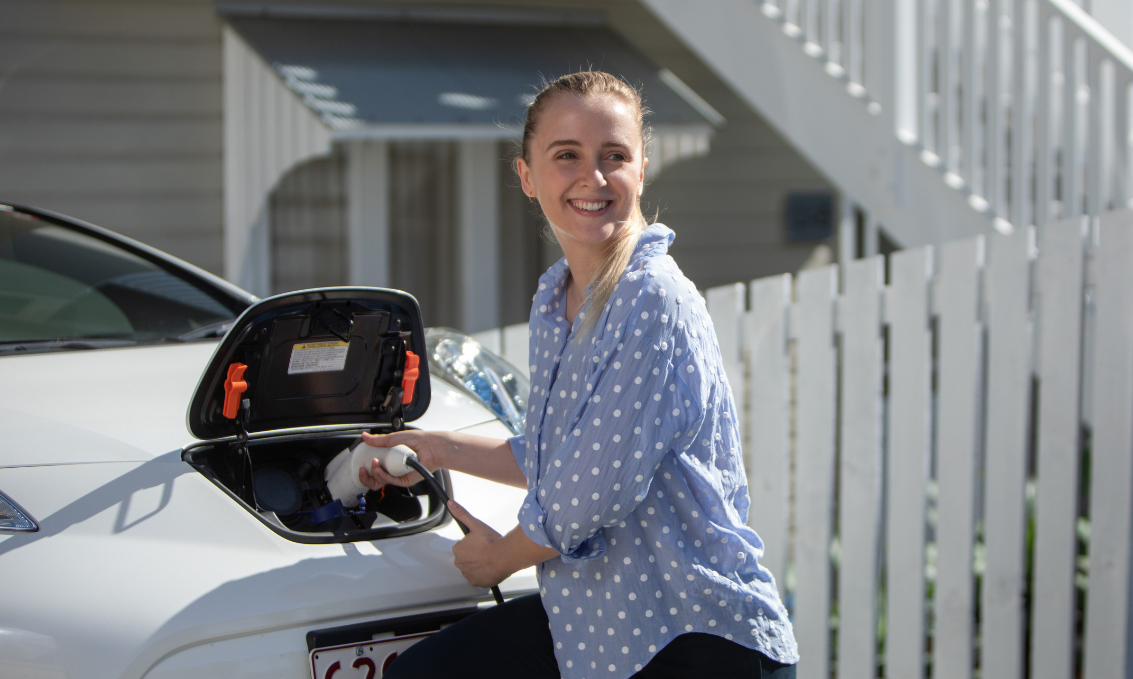REDUCE WASTE
UPCYCLING YOUR WAY TO A #MEMADE WARDROBE
Upcycle your own wardrobe or create new outfits from thrifted finds with these tips from Chloë Cipra on creating a #memade wardrobe.
The fashion industry has a very high global footprint. It is not only using up valuable resources: 2,700 litres of water to make one cotton T-shirt, enough for one person to drink for 900 days; but also generating gigantic amounts of waste: Australians are currently disposing of 6,000 kilograms of fashion and textile waste every 10 minutes.
Making your own clothes is a sustainable step to a slower wardrobe, but it can create plenty of its own waste — that’s why sewing with a sustainable mindset is a vital step in your creative process. Upcycling or refashioning existing pieces of clothing can be a very rewarding part of your slow sewing journey, or even be the start of a business idea. It’s not only a great tip to save money, but also allows you to create less waste by using what already exists instead of buying new and creating more demand for new things.
You are certainly familiar with the idea of recycling. When repurposing existing materials, downcycling means using textile waste and existing clothing as base materials to make new garments of lesser quality, while upcycling aims to make ones that are better than the original. Here a few ideas on how you can actually make it happen!
UPCYCLING YOUR WARDROBE AND MAKES
The best place to start when it comes to producing less waste is your own closet. Ready-to-wear items or #memade creations can all be upcycled if you’ve got the right idea to give them a new life. Every few months, it’s a good idea to go through your wardrobe, take out what hasn’t been worn in a while and consider how you could make it more appealing to you or in line with your personal style. It may be a matter of just mending or adjusting the fit of the garment, or it could become an actual upcycling project.

One of my earlier makes as a sewist was a picnic gingham dress. I found I didn’t get much (if any) wear out of it and wondered how I could refashion it. The main issue was that the waist was too high and the sleeves too small. I also wasn’t very happy with the neckline stitching. I had a bit of the fabric left: enough to cut out a new bodice but not to make brand new sleeves. I ended up adding squares of fabric to the original sleeves to both lengthen and widen them. This solution used up less fabric and achieved the exact same result. I also cut the bias binding for the neckline into the old dress bodice. I joined two pieces as I couldn’t get enough fabric on the bias in one continuous piece. I documented the whole process under the ‘refash’ highlight on my Instagram account if you’d like to find out more.
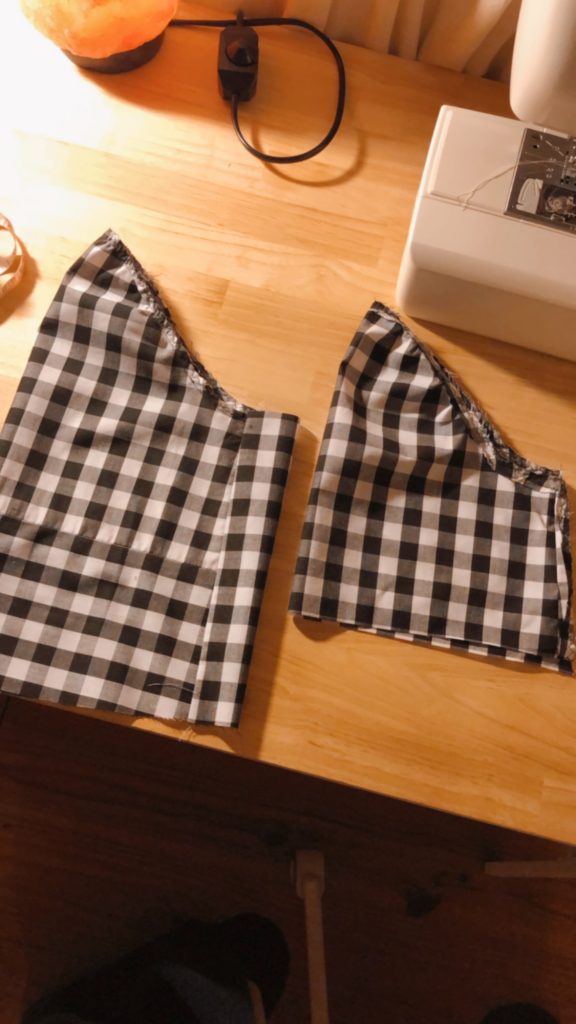
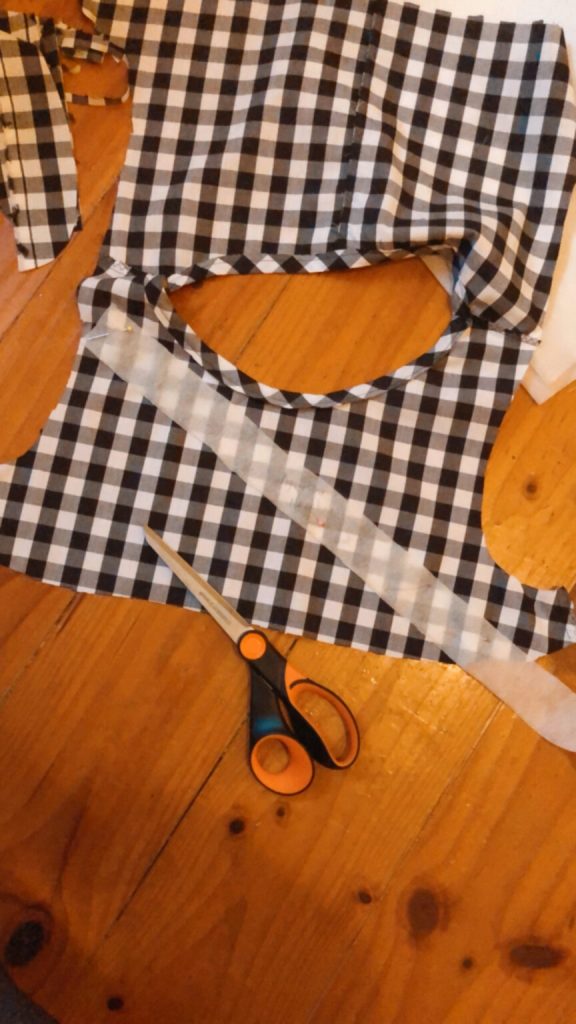
UPCYCLING THRIFTED CLOTHING
When thrifting, I always keep in mind the potential of a piece. If the fabric is great but the fit isn’t, I enjoy thinking of a way to make it work by refashioning it. This means I sometimes buy pieces specifically for upcycling projects. After making the Peppermint Peplum top (a free pattern by In The Folds for Peppermint Magazine), I had an idea of using a $3 oversized tee shirt from Vinnies I liked the texture of to make it into a similar top. I cut half of the length of the tee shirt to make the gathers and voila!
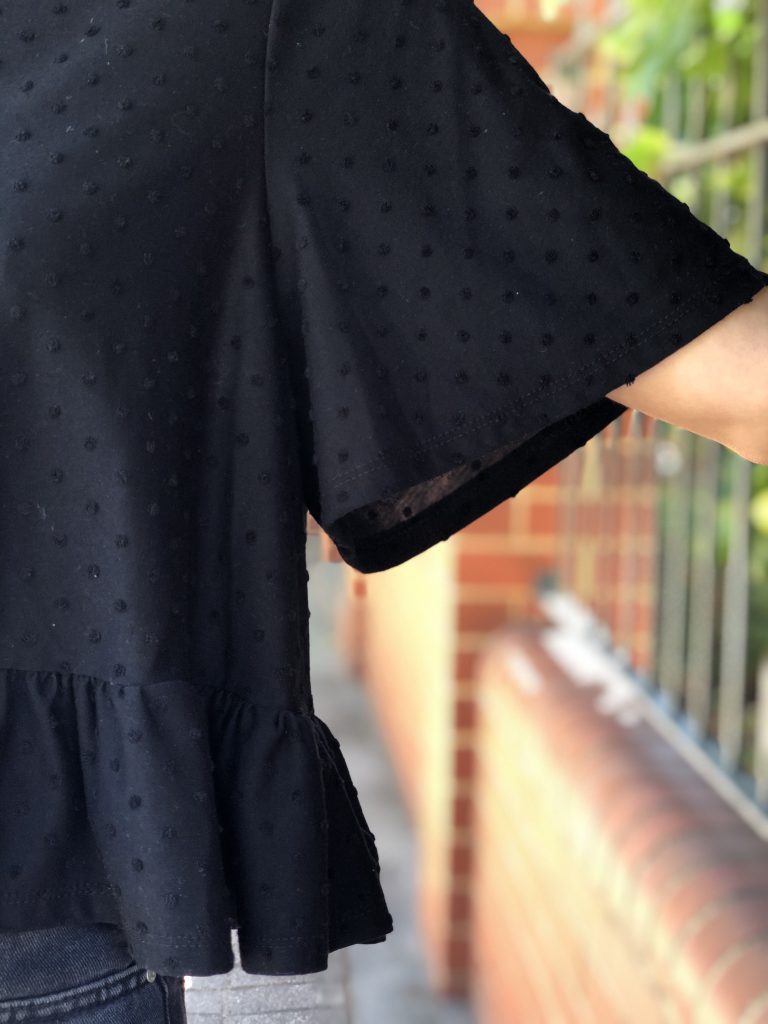
Denim is a great fabric to upcycle. It’s usually a very sturdy fabric so using a vintage item is not an issue, not to mention vintage denim usually has a much higher quality. Vintage denim also has a great style and look that you somehow just can’t replicate with new fabric.
One of my favourite trends goes by the hashtag #frankenjeans on Instagram: @adaspragg used vintage jeans to make a whole new pair, using the Megan Nielsen Dawn pattern. It’s a win-win: you get the great fit of a #memade item with the aesthetics of vintage denim. Upcycling denim can also be a much simpler project, such as turning a pair of vintage oversized pants into high waisted ones.
I also love the double denim look of @theessentialsclub’s denim trench made with two vintage shirts.
UPCYCLING THRIFTED MANCHESTER
Quality fabric isn’t cheap, so sourcing it in alternative ways can be a good idea to not only save money, but also produce less waste. When op shopping, I always check out the Manchester aisle for bedding, tablecloths or fabric remnants, and I sometimes find great fabrics for a very low price. They’re also a good cost effective option for toiling (i.e. trying out and fitting) a new pattern. My tip: always unfold the fabric fully and check for stains or marks. If there are stains (quite usual on bedding and vintage fabrics), see if you could either remove them or work around them.
Saving money and producing less waste are not the only considerations I have when looking for such fabrics: you can find treasures of beauty in vintage bedding, especially if you’re into floral prints. I thrifted a $6 double bedsheet from Savers with the most beautiful orange floral print and made it into a tiered dress. I still have enough fabric to make another top out of it too, so you can’t beat that price!
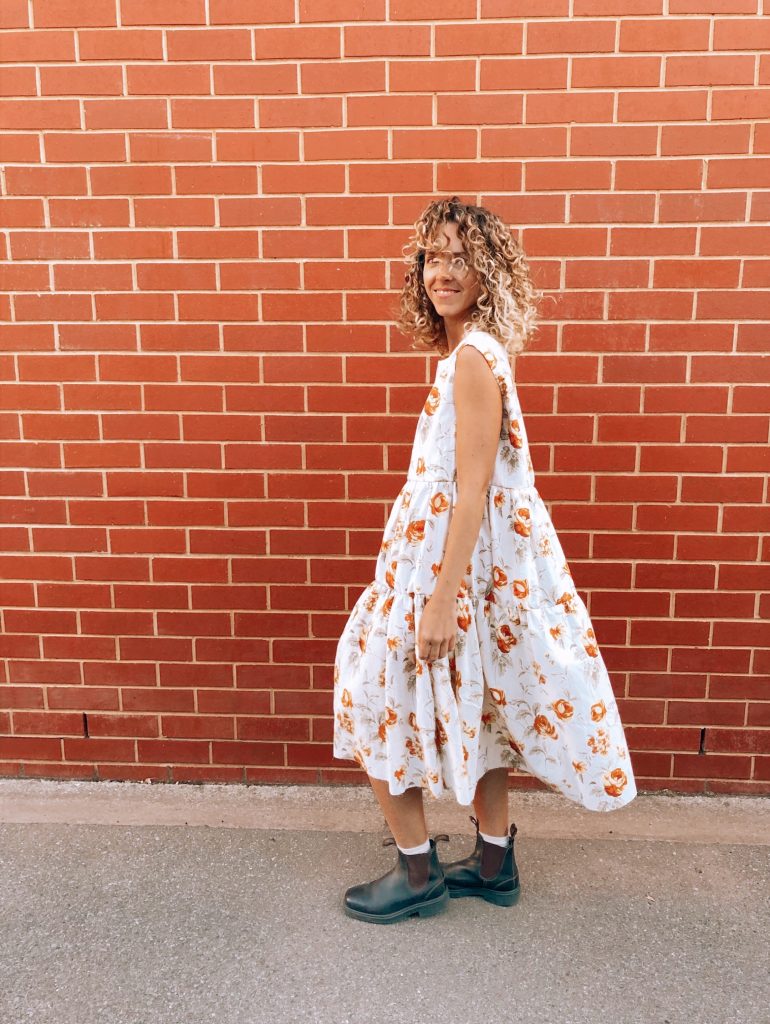
Smaller items such as tea towels can also work, so leave no stone unturned when thrifting. I found a $3 vintage tea towel with lovely crochet details and made a top out of it.

Upcycling is a great way to combine your creative outlet with a ‘zero waste’ mindset, and I hope this article has encouraged you to give it a go! I’d love to keep the conversation going, so feel free to send me a message on Instagram.

The author
This post was written by the BSA Sustainable Living team! We’re here to help you reduce your environmental footprint and lower your cost of living along the way.

